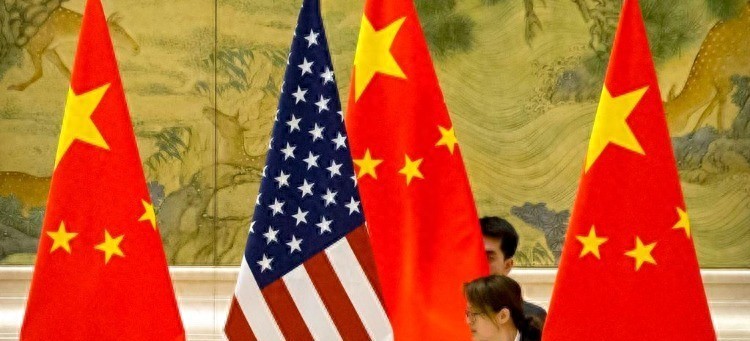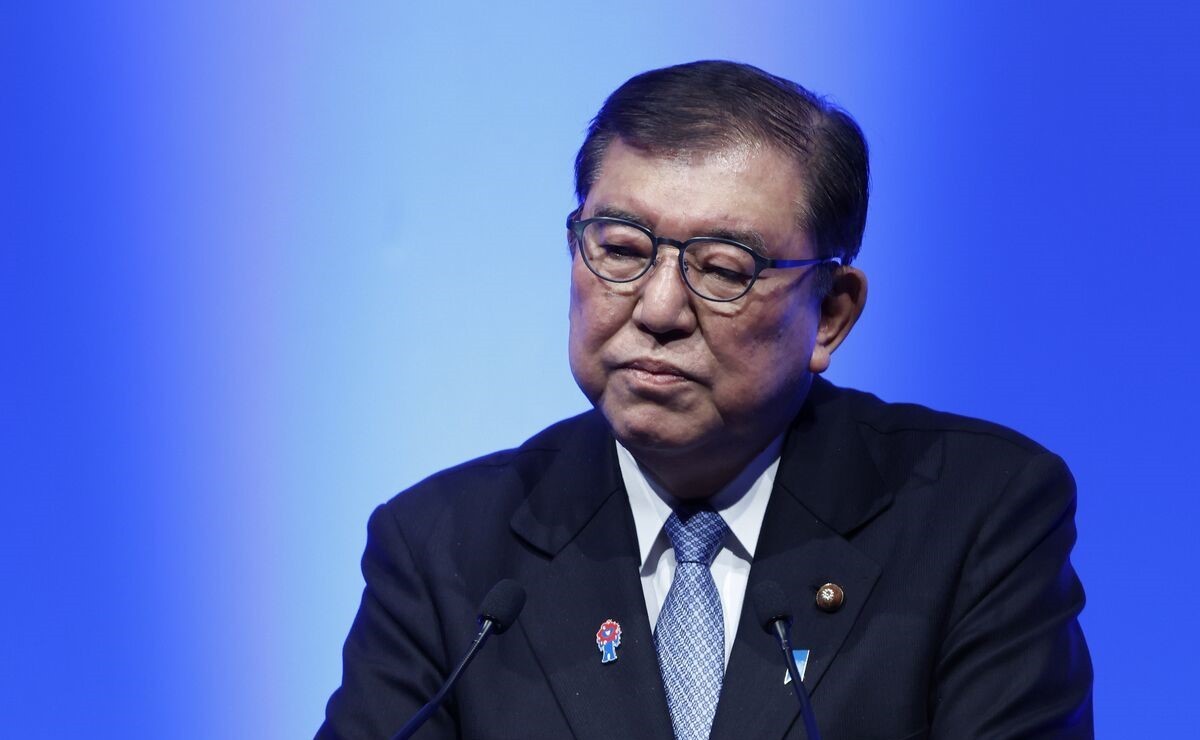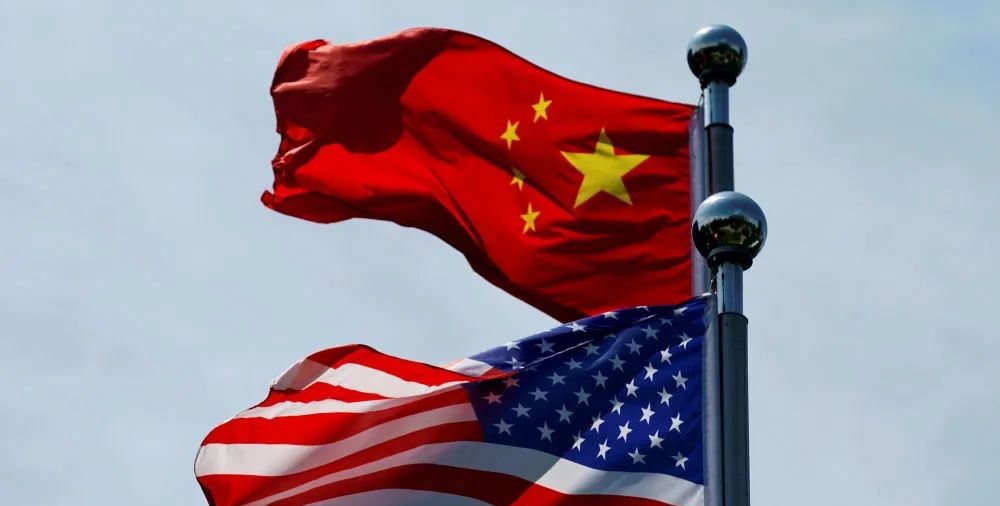China and the US held the third round of trade talks in Stockholm, Sweden. Scheduled for July 28th, this time the US didn’t hold back, going all in. There’s been a lot of speculation externally, but judging by the actions of both sides, it’s clear the US has made more concessions.
The US has recently eased its restrictions on China following the last round of negotiations. For example, it has resumed issuing visas for Chinese students, lifted bans on ethane and C919 aircraft engines, and paused new trade restrictions. China’s actions have been less frequent than those of the US, focusing on accelerating the approval of rare earth exports, strengthening芬太尼 (fentanyl) control, and suspending the antitrust investigation against DuPont.

The experiences of Japan and the EU highlight several issues. Japan’s Kishida government quickly conceded to sign an agreement, possibly due to election pressures, it might have been able to negotiate better terms. After failing to make progress during her visit to China, the EU’s von der Leyen immediately signed an agreement with the US.
A unique aspect of the US-China negotiations is that they focus solely on trade without involving other issues. Unlike the US, which often ties other conditions to its negotiations with other countries, China has forced the US to make concessions prematurely, something that cannot be achieved with other parties.

A Singapore expert predicts three possible outcomes for the negotiations. The most optimistic scenario is that the US will cancel the previously imposed 20% tariffs, leaving only the remaining 10% plus the old tariffs. The less optimistic scenario is that tariffs could rise to 40%, and the worst-case scenario could see them reach 50% or even higher. Hong Kong media reports suggest that both sides might extend the truce period by three months, with no mutual tariffs.
The key is that China has several strong cards. If rare earths are used to restrict the U.S., the U.S. would lose at least one billion dollars a day. There are also U.S. debt and technology patents, which are all playable cards. The U.S. has basically used up all its current moves, and any new tricks would just be a rephrasing.

Trump is eager to resolve the trade issues because he cannot afford the loss of rare earth supply. Extending tariffs won’t solve the problem; a mutually acceptable solution must be found.
The negotiation results have not yet been released, but it can be seen that the U.S. is indeed all in this time. China holds the initiative, and the outcome of this competition will ultimately depend on who can withstand the pressure. (Full text: 1198 words)
